- Home
- >
- Blog
OUR BLOG
A collection of stories about our people, our capabilities, our research, and the ever-changing face of our firm.
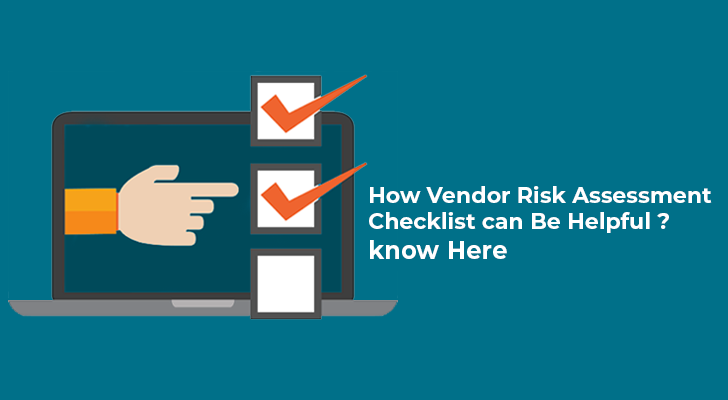
NationalTenders
How Vendor Risk Assessment Checklist Can Be Helpful? Know Here | 28 Apr, 2022
How Vendor Risk Assessment Checklist Can Be Helpful? Know Here
A vendor risk assessment checklist can be helpful. You will get an idea about whether or not the vendor is a potential risk for your business.
How Vendor Risk Assessment Checklist Can Be Helpful?
Vendor risk management is a huge division that contains all the considerations and steps your organization can take to prevent data breaches and ensure the smooth running of the business. Issues with legalities, Performances from the past, and worthiness when it comes to credit are some of the most important VRM issues that are frequently looked into by the companies. Cyber security and security from third parties are also being considerably looked into now.
An orderly audit of the vendor risk management system ensures that your company’s data and sensitive information stays safe, it updates itself with the current trends and keeps the risk management system of the company up to date.
Here is a Vendor Risk management – things to take care of list, to help you provide the best risk management system for your company and at the same time know exactly what you need.
The stepping stone to a successful audit is to set up an audit trail. This includes the framework for the third-party vendor risk management framework and its operating model, a guide to run the process, and vendors that are categorized as per risk assessment using a pre-approved methodology.
What do a third-party assessment framework and its documentation of methodology look like?
The vendor assessment framework and methodology documentation categorize vendors as per pre-established inputs.
Your third-party framework should be based on your ability to take risks and the company’s regulatory requirements. Joint ventures, requirements for compliance, and overall risk management also play an important part.
What is needed as a part of the operating management model?
This refers to the 4 P s – People, process, procedure, and policies that are needed to guide the vendor management process. Risk management procedures are based on these. Below is a vendor risk assessment checklist you can use while deciding which risk management program to choose.
Does your risk assessment policy have?
- An organized way of assessing information
- Has a predetermined -qualitative and quantitative risk management methodology
- Identifies assets
- Recognizes common threats
- Recognizes vulnerabilities and loopholes
- Examines vendors in a no-biased way
- Introduces new controls and analyses old ones as and when necessary
- Calculated impacts on an annual basis
- Prioritizes risk and its prevention
Does your vendor management policy have?
- Categorization of vendors as per their risk
- Examine and recognize requirements for human resources security
- Examine and recognize requirements for environmental security
- Examine and recognize requirements for data security
- Examine and recognize requirements for network security
- Examine and recognize requirements for access control
- Examine and recognize requirements for IT management and maintenance
- Requires vendor risk management documents from the vendors themselves
- Requires disaster recovery and business continuity responsibilities from the vendors
Does your policy have these vendor management procedures?
- Have the required workflow to run the procedures
- Has vendor, relationship, subsidiaries, documents, and contact tracking
- Has someone who is responsible for Vendor due diligence
- Has legal processes in place to onboard, off-board, and while working with a vendor.
- Has algorithms to assess the performance of the vendor
A vendor’s lifecycle management includes 5 stages:
- Qualification
- Engagement
- Information security management
- Delivery
- Termination
Below is the checklist for each of these. What you need to know and take note of while hiring, firing, and working with a vendor.
Qualification:
- Have a business license
- Have articles of incorporation
- The vendor must provide a company structure overview
- Information about senior and board members
- Located in a country that is within an acceptable level of risk
- Proof of location
- Credible references
- Documentation of insurance
- Documentation of taxes
- Financial statements
- Understanding of credit risk and other liabilities
- Reviewed assets
- Understanding of staff training, licensing, and compensation
Engagement:
- The vendor must not be on any global sanctions or watch list
- Risk related internal policies must be reviewed
- Review vendor’s litigation history
- No negative news or reports
- The vendor must have an incident response plan
- The vendor must have a disaster recovery plan
- The vendor must have a business continuity plan
- The vendor must have a code of conduct
- The vendor contract should have terms and time frame mentioned
- The vendor contract must-have statement of work
- The vendor contract must have a payment schedule
- The vendor contract must have termination and renewal information
Information:
- A security rating that meets the expectations
- The vendor must have data protection and security controls
- The vendor must provide an IT system outline
- The vendor must not have any history of data breaches
Delivery:
- Scheduled deliverables and receivables
- Senior management should determine the responsibility of working with the vendor
- Physical assessment requirements are the responsibility of the security team
- System requirements are also the responsibility of the security team
- Invoice and payment schedule and mechanism should be established
Termination:
- Revoke all physical access
- Revoke all system access
- All the obligations as per the contract have been fulfilled
- All sensitive data has been handed over
With this security checklist, you can monitor the working of your organization 24x7. If this is followed, it will be easy to understand the working of the organization and any leak of any data or security credentials will be exposed immediately. If you are really looking for vendor registration then connect with National Tenders for the complete guidance regarding it and kick start your journey.
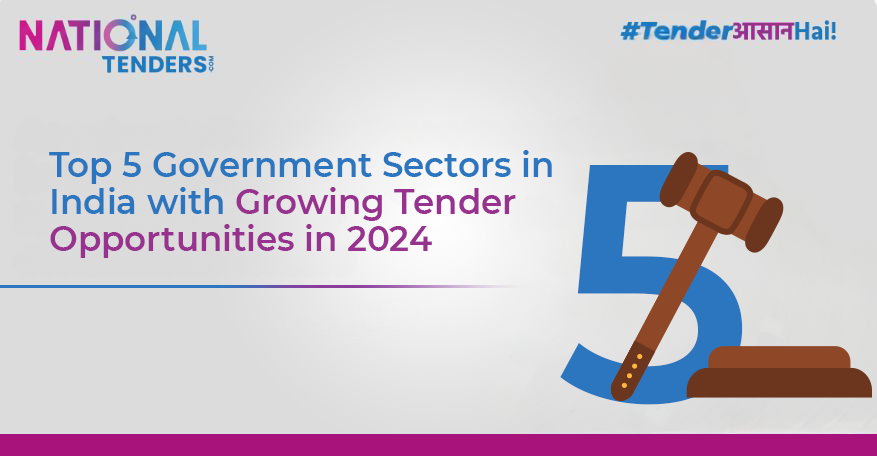 Top 5 Government Sectors in India with Growing Tender Opportunities in 2024
Top 5 Government Sectors in India with Growing Tender Opportunities in 2024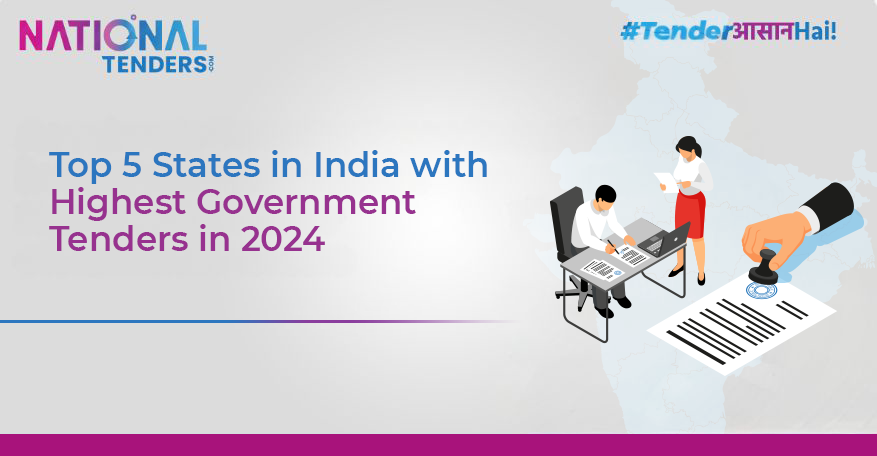 Top 5 States in India with Highest Government Tenders in 2024
Top 5 States in India with Highest Government Tenders in 2024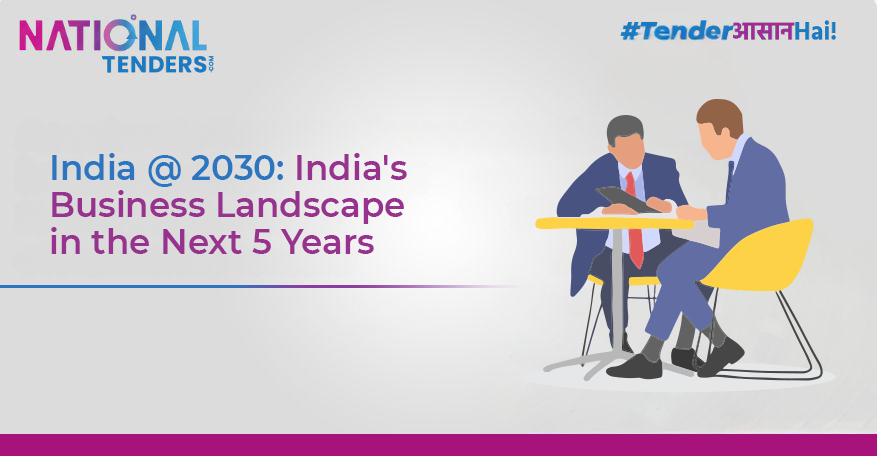 India @ 2030: India's Business Landscape in the Next 5 Years
India @ 2030: India's Business Landscape in the Next 5 Years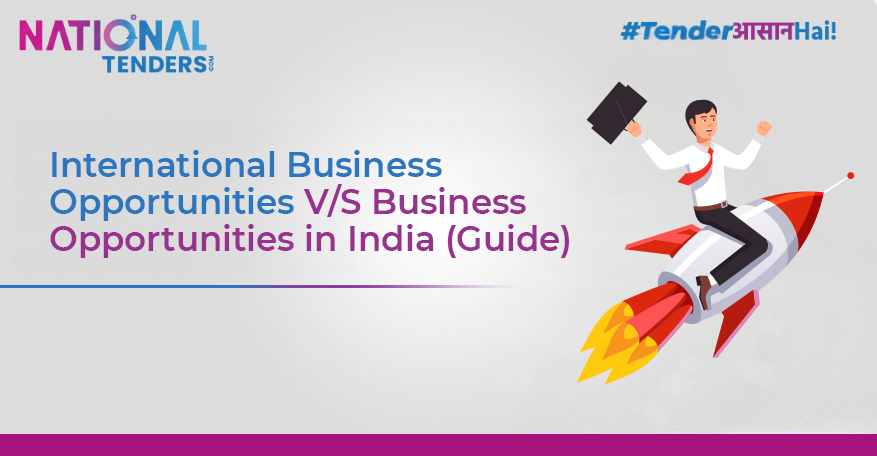 International Business Opportunities V/S Business Opportunities in India (Guide)
International Business Opportunities V/S Business Opportunities in India (Guide)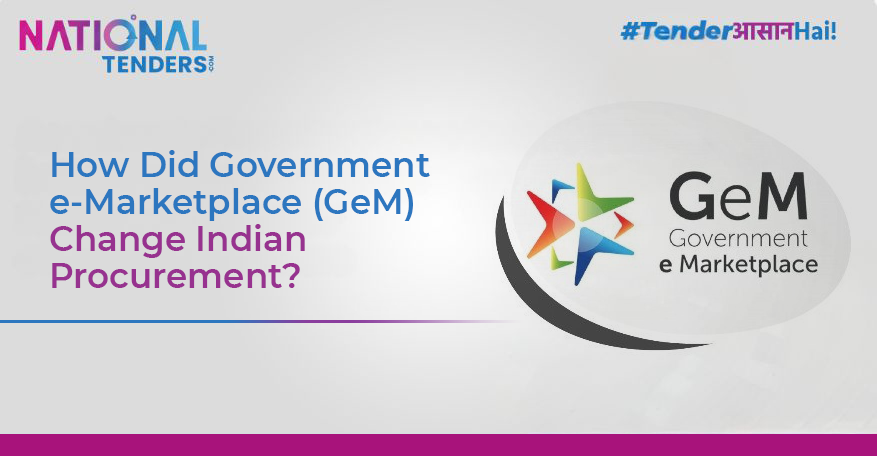 How Did Government e-Marketplace (GeM) Change Indian Procurement?
How Did Government e-Marketplace (GeM) Change Indian Procurement?